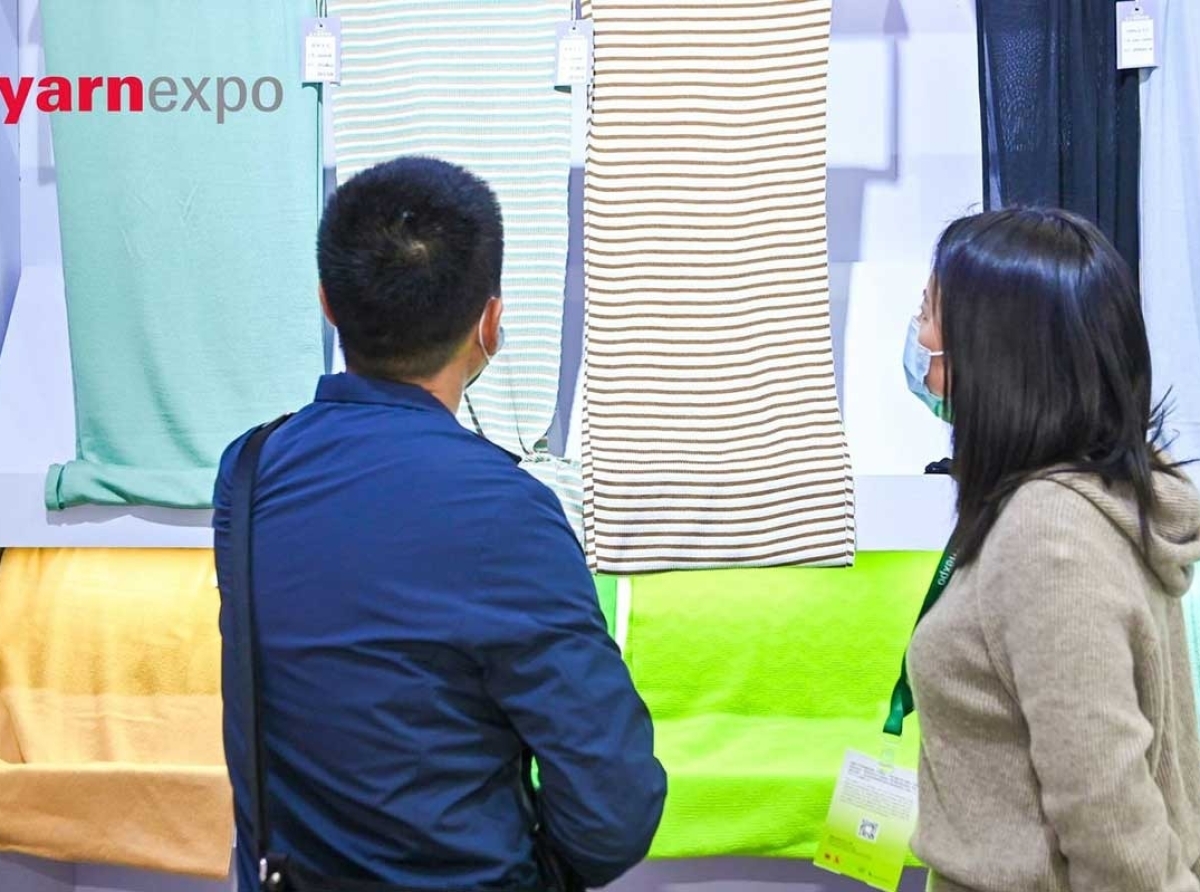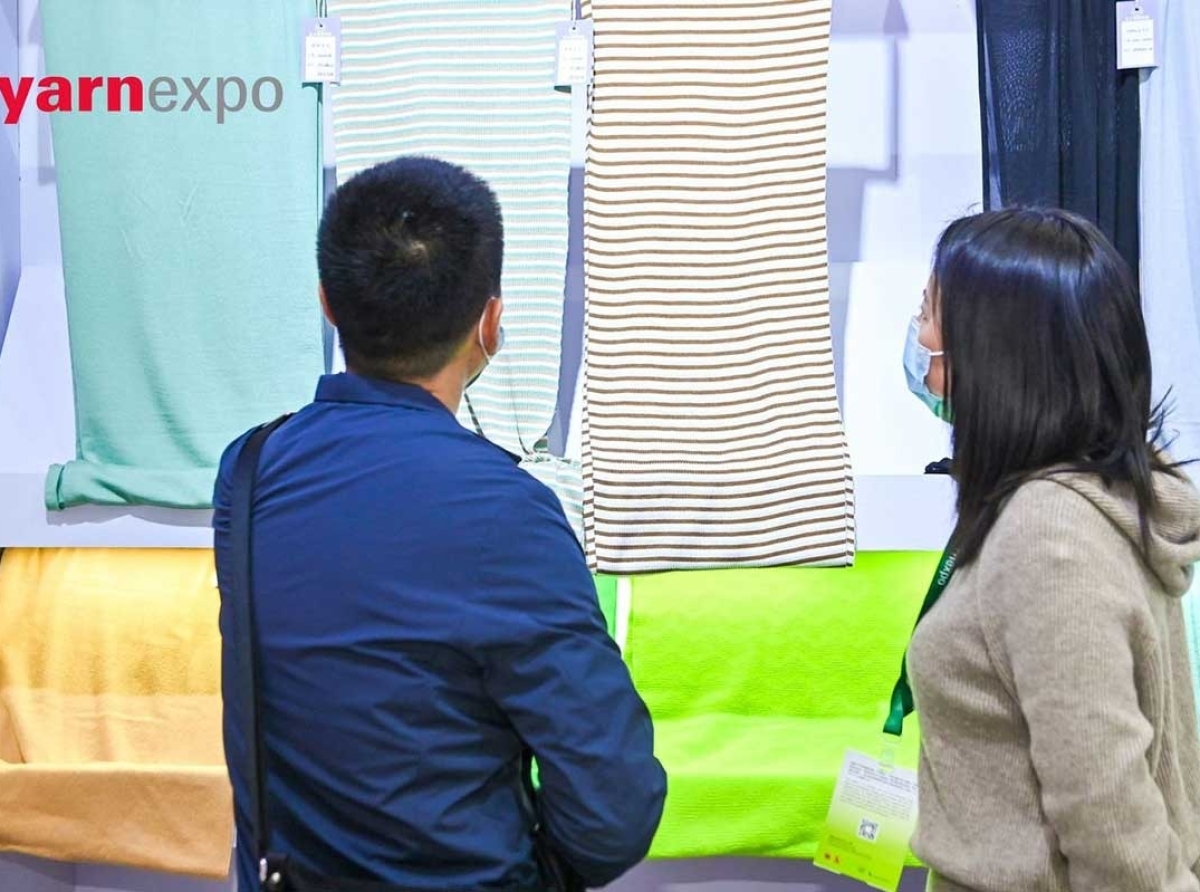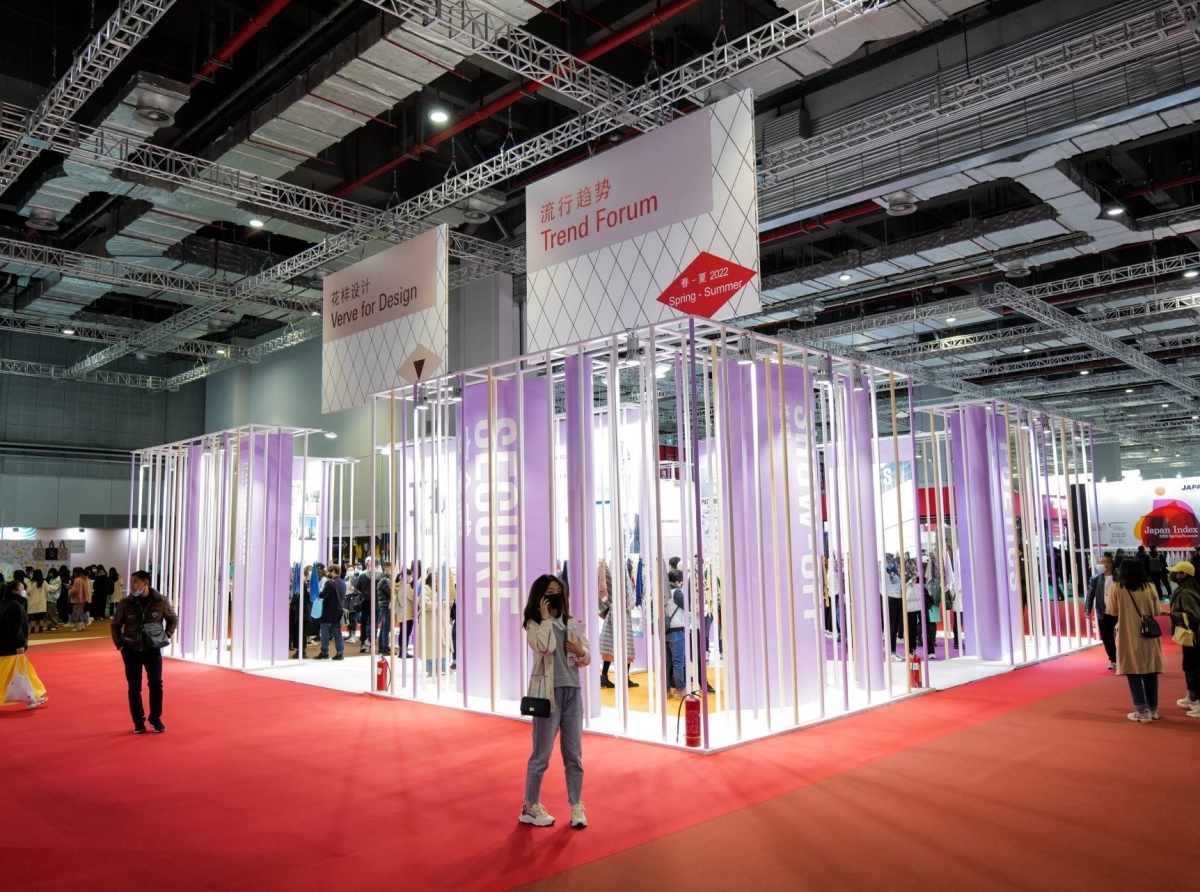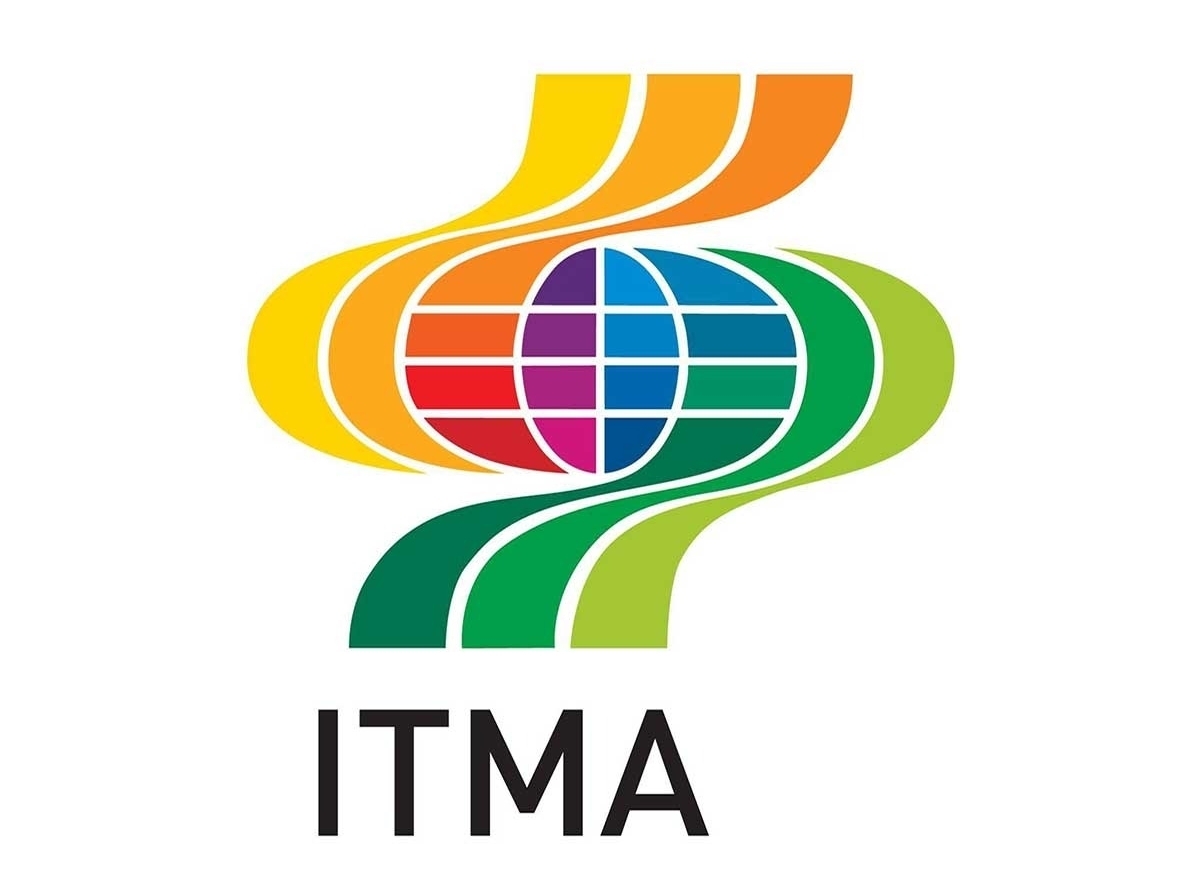Post-Covid: How Are Indian Textile/Apparel B2B Physical Fairs Are Doing

26 July 2022, Mumbai:
Physical fairs
After a long pause due to Covid19, mega physical fairs are coming back in fashion.
Before the pandemic reached India, the garment and apparel industry had trouble surviving. Until 2019, the garment and apparel industry accounted for most of the export revenue. Textiles and apparel accounted for over 15% of total earnings.
According to KPMG, the sector employed 4.5 crores, of people, making it one of the biggest employers in the country, additionally giving insight perspective on supply chain reconfiguration and India's growing role in a diverse global market post-COVID-19.
Even before the introduction of Covid-19 in India, the industry was still a long way from its zenith.
The pandemic worsened existing issues and caused companies to deal with an unprecedented interruption in everything from production to supply networks. As a result, it raised the grave concern of whether or not the industry would survive this upheaval.

Physical activity events
The pandemic is expected to negatively influence exports, with second-order effects on domestic trades and exports domestic sales. The pandemic has negatively impacted the majority of India's export markets (the US and EU together account for roughly 60% of the country's total apparel exports in value terms), resulting in order cancellations and order delays that have increased inventory levels and increased working capital needs.
The last quarter of FY20 saw a dry-up in apparel orders, problems with working capital, and a lack of clarity on tariffs and incentives, mainly as exporters from Bangladesh, Sri Lanka, and Vietnam are given privileged access.

The closure of all of India is also having an impact on domestic consumption. Due to the availability of apparel/clothing for the next summer season, new store openings have ceased, and even domestic retailers are experiencing an inventory build-up.
Furthermore, domestic pricing may suffer if exporters dump their stocks on the domestic market, resulting in even smaller margins. This could cause short-term blips like lower spending and casual labor employment.

If the crisis persists and there is a statewide lockdown, it would negatively affect consumer sentiment because stores and malls will be closed while maintaining social distance, safety, and health. The length of the recovery cycle would be directly impacted by the outbreak's scope and the lockdown.
According to one AEPC report," For AEPC, it was a year of complete changeover. The Council embraced digitalization and now it functions seamlessly across both physical and virtual worlds. Apart from the 24x7x365 virtual exhibition platform, we have been conducting online B2B meetings and webinars to attract foreign buyers and apprise apparel exporters of opportunities".
The CITI has asked the government to swiftly announce a relief package for the textile and apparel sector to lessen the crisis the capital- and labor-intensive textile industry is now experiencing in the wake of the coronavirus outbreak.

Since apparel is one of life's necessities, the online textile business saw a surge in sales even under lockdown. Because the online textile sector operates entirely online with no opportunity for physical or human touch, the lockdown had no adverse effects on it.
Due to its independence from offline businesses like wholesalers, semi-wholesalers, retailers, intermediaries, etc., the online textile industry even saw a surge in sales.

Types of physical events
Retailers with an online presence have a great chance of becoming unicorns (a company worth over $1 billion) of the New Age India because of the growing trend in the online textile industry. The pandemic was in full-fledged effect when the lockdown was implemented, and it was the summer shopping season.
Due to all these advancements, businesses in the online retail sector saw a rise in revenue sheets. The Indian online textile market is fully justified in creating new unicorns. Most customers were pleased with their online buying experiences while the store was under lockdown.

Way Forward: To integrate the textile value chain
After pressing hard on the pause pedal due to the pandemic, mega physical B2B fairs are coming back in fashion/apparel. Indian textile & apparel exhibition organisers are gradually commencing operations.
Albeit India's textile and apparel industry is quite certainly undergoing structural changes to retain, consolidate & expand network/distribution channels through physical B2B trade fairs and exhibitions.
In accordance with the empirical evidence in summary the foregone conclusion is that this physicality tool is here to stay.
Join our community on Linkedin
























